When it comes to surveillance and monitoring, there are many different tools available to choose from. One option that has gained popularity in recent years is the use of drones for monitoring and surveillance purposes. However, there are still many advantages to using fixed cameras over drones for certain applications.
Here are some of the advantages of using fixed cameras over drones:
Cost: Fixed cameras are generally less expensive than drones. While drones can be quite costly, especially when you factor in the cost of the drone itself as well as the cost of maintenance, training, and insurance, fixed cameras are typically more affordable and require less maintenance.
Consistency: Fixed cameras provide consistent coverage and can be set up to monitor a specific area continuously. This means that they can be used for long-term monitoring of an area without the need for constant human intervention. Drones, on the other hand, have a limited flight time and need to be recharged or replaced regularly.
Reliability: Fixed cameras are generally more reliable than drones. Drones can be affected by weather conditions such as high winds, rain, or snow, which can make it difficult or impossible to use them for monitoring purposes. Fixed cameras, on the other hand, are not affected by these weather conditions and can be used in a wider range of environments.
Privacy: Fixed cameras can be installed in areas where privacy is a concern, such as inside homes or buildings. Drones, on the other hand, can be seen as intrusive and may raise privacy concerns if they are flying over private property.
Ease of use: Fixed cameras are generally easier to use than drones. They can be set up and configured quickly and easily, and require minimal training to operate. Drones, on the other hand, require specialized training and certification to operate, which can make them more difficult to use.
Safety: Fixed cameras do not pose the same safety risks as drones. Drones can be dangerous if they crash or collide with objects, and can cause injury or damage to property. Fixed cameras, on the other hand, are stationary and do not move, which makes them safer to use.
Overall, while drones can be a useful tool for monitoring and surveillance purposes, there are still many advantages to using fixed cameras for certain applications. They are more cost-effective, consistent, reliable, private, easy to use, and safe than drones. When choosing a surveillance tool, it is important to consider the specific needs of your application and choose the tool that best meets those needs.
The ESP32-CAM is a low-cost, easy-to-use camera module with integrated Wi-Fi and Bluetooth capabilities. It is capable of capturing both still images and video, making it an ideal tool for home security applications. The Radxa Zero Cyberdeck, on the other hand, is a small, compact computer that can be used for a variety of applications, including security monitoring.
To begin, we’ll need to set up our ESP32-CAM modules. The first step is to install the necessary libraries and software. The ESP32-CAM requires a specific version of the Arduino IDE and a set of libraries that can be downloaded from GitHub. Once the libraries are installed, we can begin to program the ESP32-CAM.
We’ll start by configuring the Wi-Fi connection on the ESP32-CAM. We’ll need to connect the module to our local network so that it can communicate with the Radxa Zero Cyberdeck. Once the Wi-Fi connection is configured, we can start writing code to capture and transmit images and video.
The ESP32-CAM can capture both still images and video. We can use the built-in camera library to capture images and the ESP32-CAM’s video streaming library to transmit live video to the Radxa Zero Cyberdeck. We can also set up motion detection using the ESP32-CAM’s onboard motion sensor. This will allow us to receive notifications when motion is detected in a specific area.
Now that we have our ESP32-CAM modules set up, we can move on to the Radxa Zero Cyberdeck. The first step is to install the necessary software. We’ll need to install an operating system, such as Raspberry Pi OS, and then install the necessary libraries for the ESP32-CAM. Once the software is installed, we can begin to write code to receive and process the images and video streams from the ESP32-CAM.
We can use a variety of tools to process the images and video streams from the ESP32-CAM. For example, we can use OpenCV to detect faces or objects in the video stream. We can also use machine learning algorithms to analyze the video stream and detect anomalous behavior.
One potential application for the Radxa Zero Cyberdeck and ESP32-CAM modules is to set up a perimeter security system. We can install the ESP32-CAM modules around the perimeter of our homestead and use the Radxa Zero Cyberdeck to monitor the video streams. We can then set up motion detection to receive notifications when motion is detected in a specific area. This will allow us to quickly respond to potential threats and protect our homestead.
Another potential application is to set up a remote monitoring system. We can install the ESP32-CAM modules in various locations around our homestead and use the Radxa Zero Cyberdeck or other computer to monitor the video streams remotely. This will allow us to keep an eye on our homestead even when we’re away.
In conclusion, using ESP32-CAM modules and a Radxa Zero Cyberdeck can greatly enhance the security of your preppers homestead. With the ability to capture images and video, detect motion, and analyze video streams, we can set up a robust security system that will help protect us and our families in the event of a disaster or civil unrest. While the setup process may be a bit complex, the end result is well worth the effort.
The Radxa Zero Cyberdeck is a small, compact computer that is designed for portable and embedded applications. It is based on the Raspberry Pi Zero platform and features a quad-core ARM Cortex-A53 CPU, 512MB of RAM, and a microSD card slot for storage. It also includes Wi-Fi and Bluetooth connectivity, making it ideal for IoT and home automation projects.
building a Radxa Zero Cyberdeck is a great choice for security monitoring applications, such as the one we discussed earlier. Its small size and low power consumption make it ideal for use in remote locations or for portable applications. It can be easily powered by a battery or solar panel, making it a great choice for off-grid applications.
In addition to security monitoring, the Radxa Zero Cyberdeck can be used for a variety of other applications. For example, it can be used as a media center or home automation hub. Its Wi-Fi and Bluetooth connectivity make it easy to connect to other devices, such as smart home devices or streaming media devices.
One of the unique features of the Radxa Zero Cyberdeck is its modular design. It includes a number of expansion ports that allow users to add additional functionality to the device. For example, it includes a 40-pin GPIO header that can be used to connect additional sensors or devices. It also includes a USB port, and a micro HDMI port.
The Radxa Zero Cyberdeck can be built to include a OLED touch display, which can be used to display information or status updates. It also can include a battery management system, which allows users to monitor the battery level and charge status of the device.
Overall, the Radxa Zero Cyberdeck is a versatile and powerful device that is well-suited for a variety of applications, including security monitoring. Its small size and low power consumption make it ideal for use in remote locations or for portable applications, and its modular design allows users to add additional functionality as needed. Whether you’re a prepper looking to secure your homestead or a hobbyist looking for a powerful and versatile device, the Radxa Zero Cyberdeck is definitely worth considering.

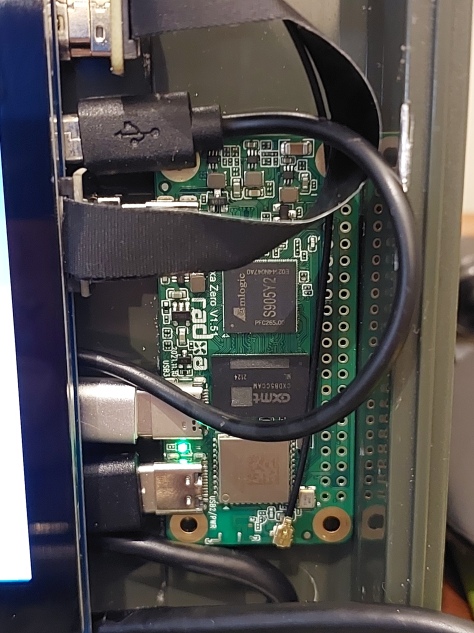


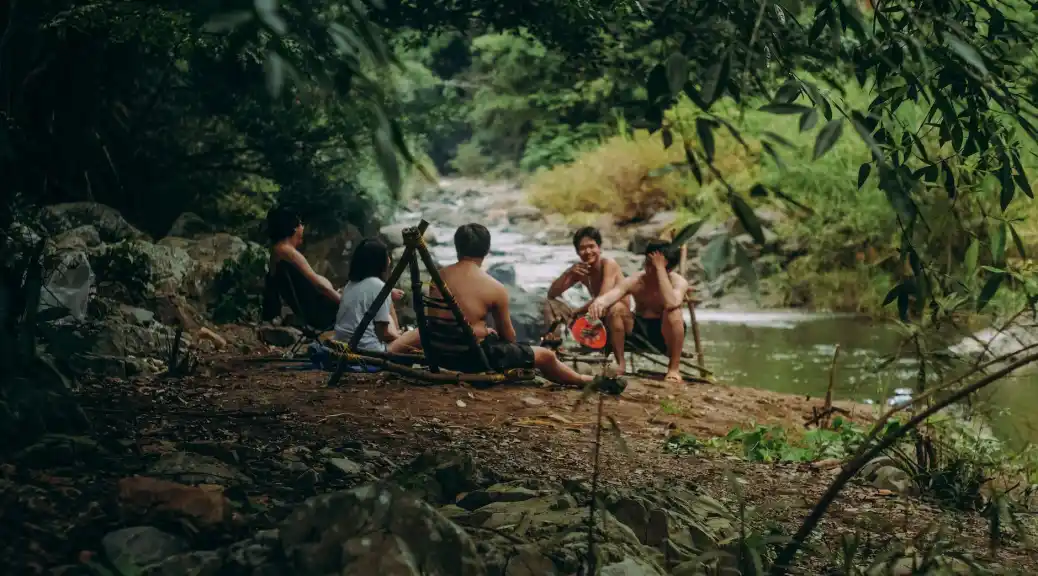
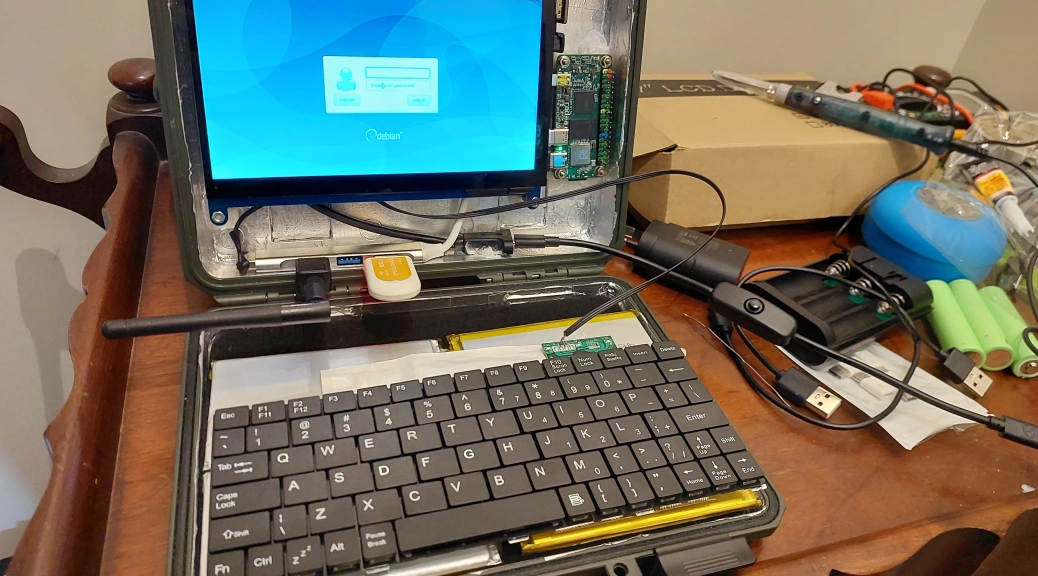
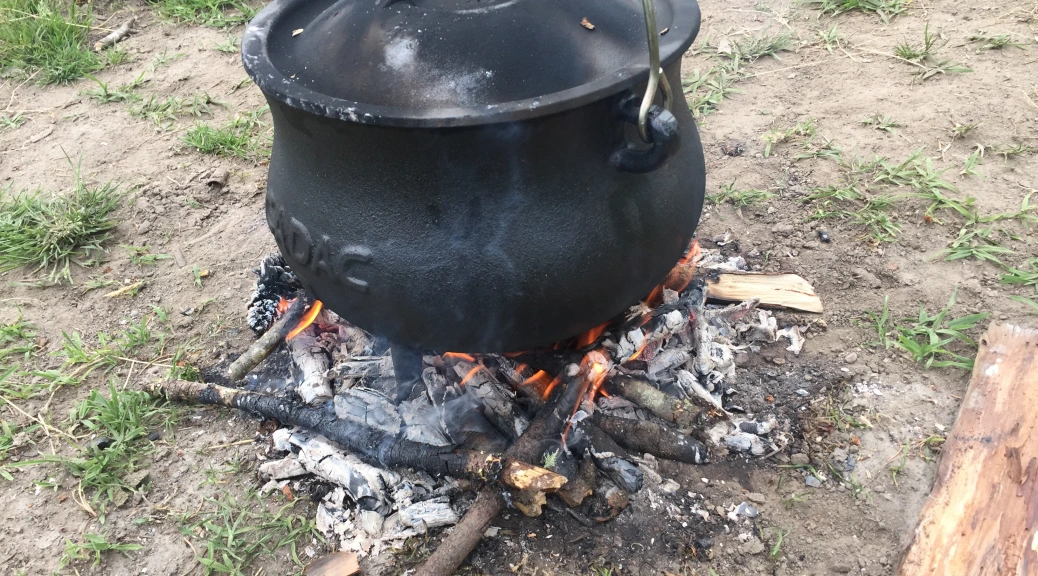
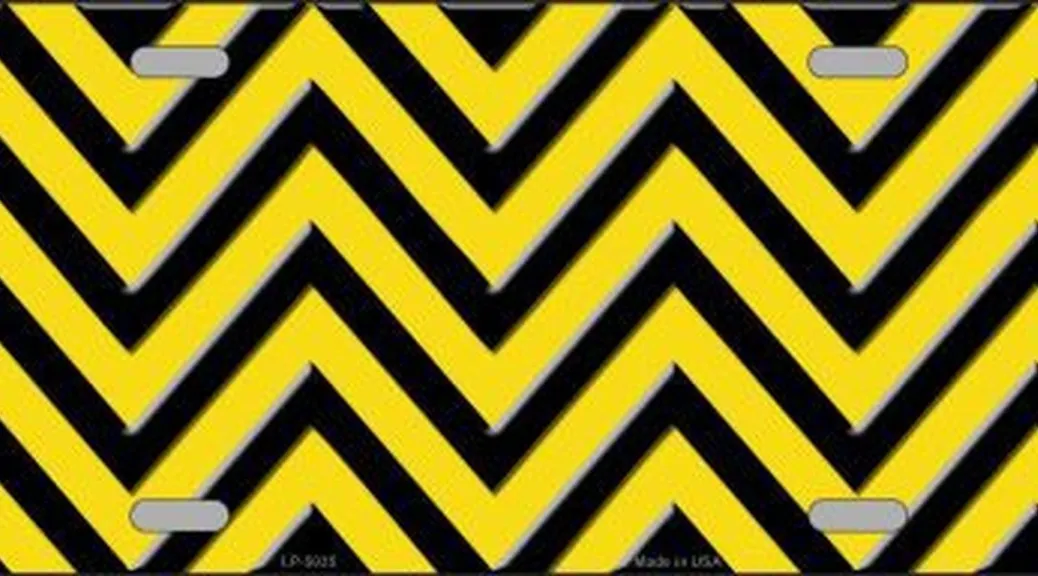





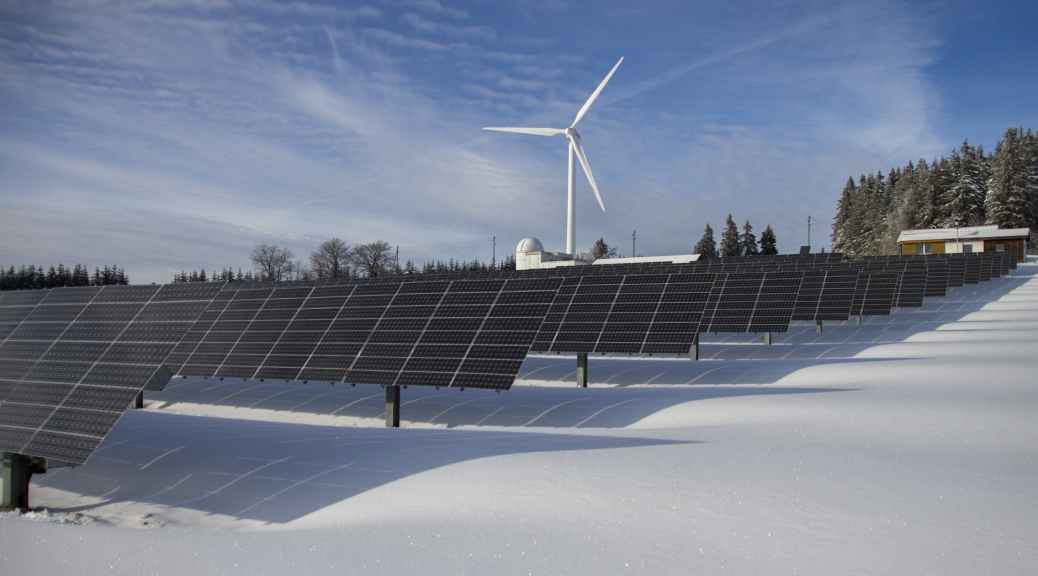
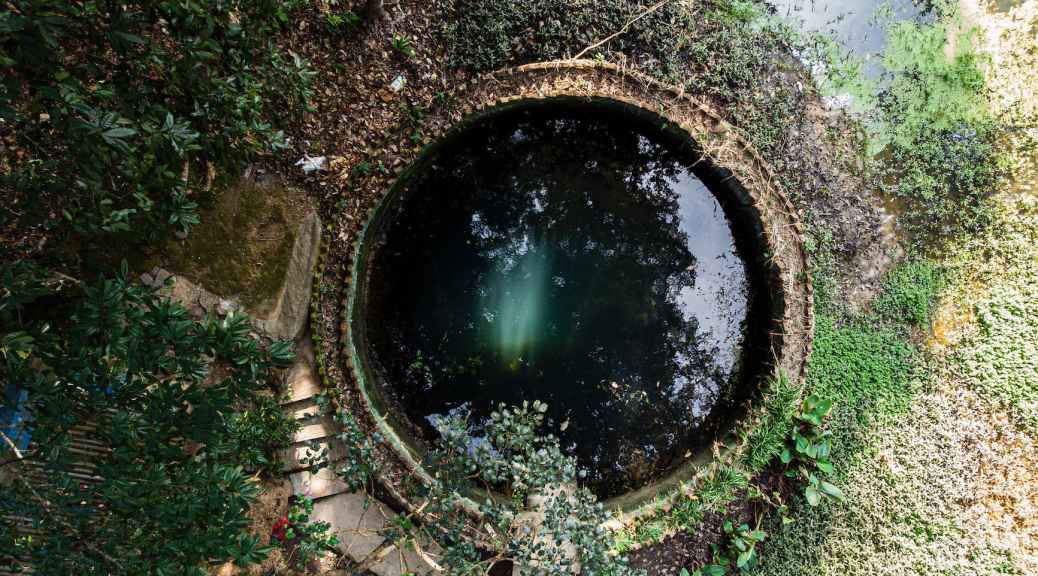


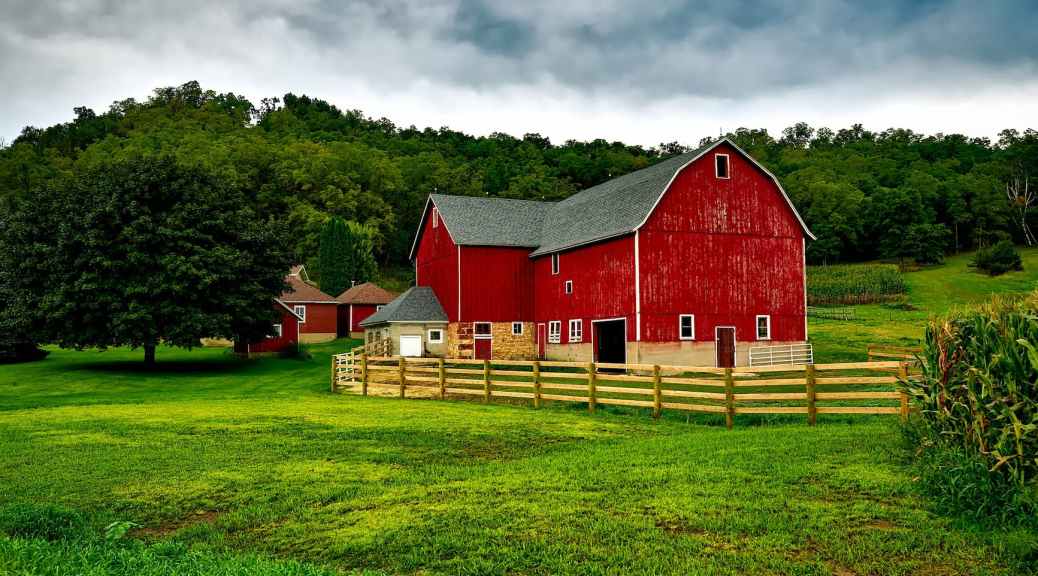











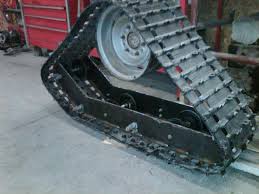




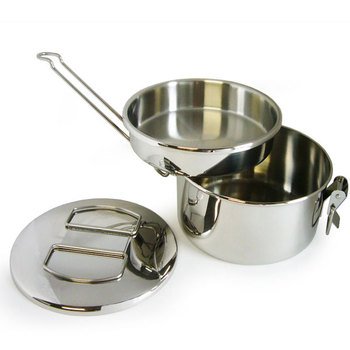
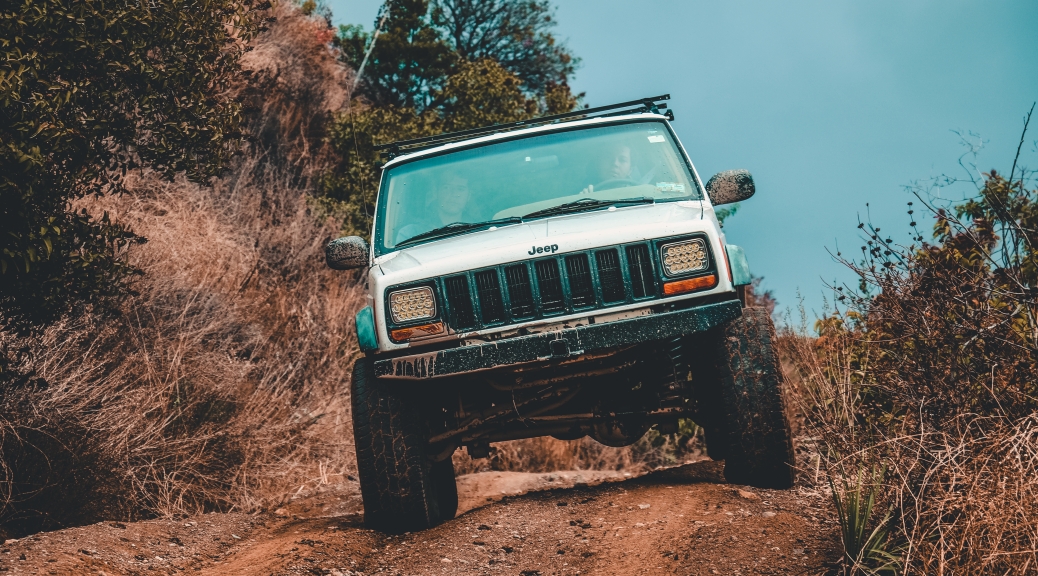
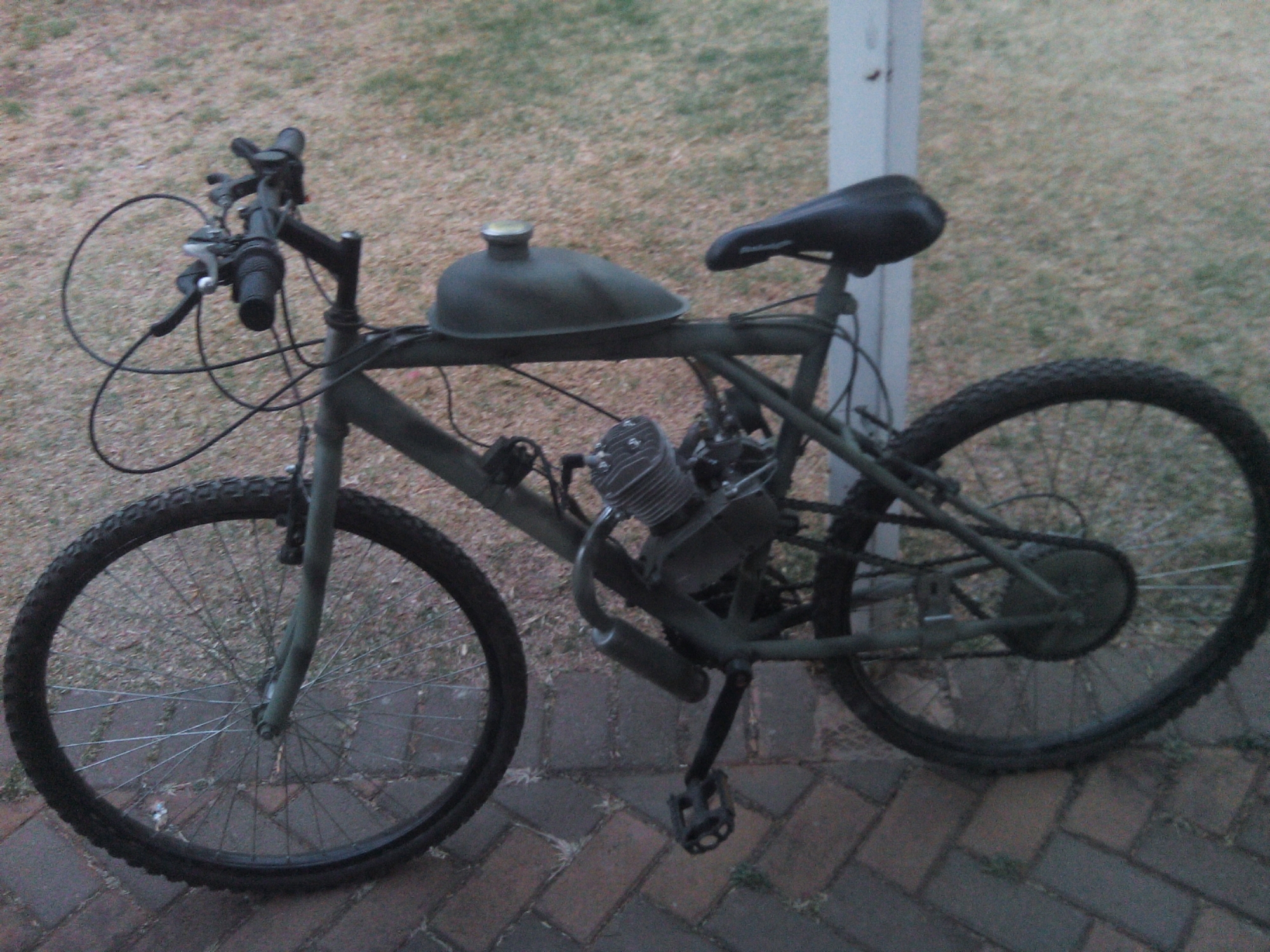
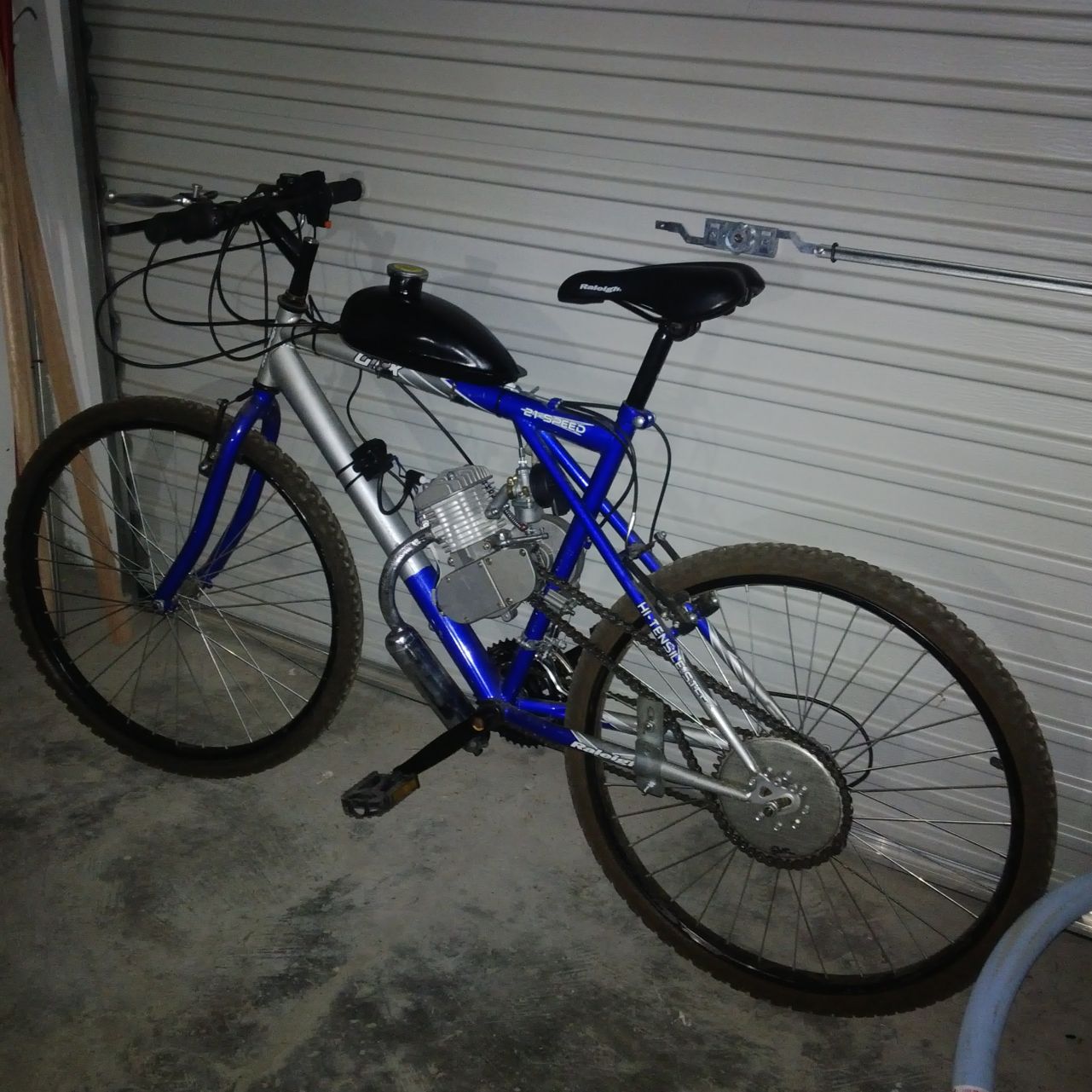


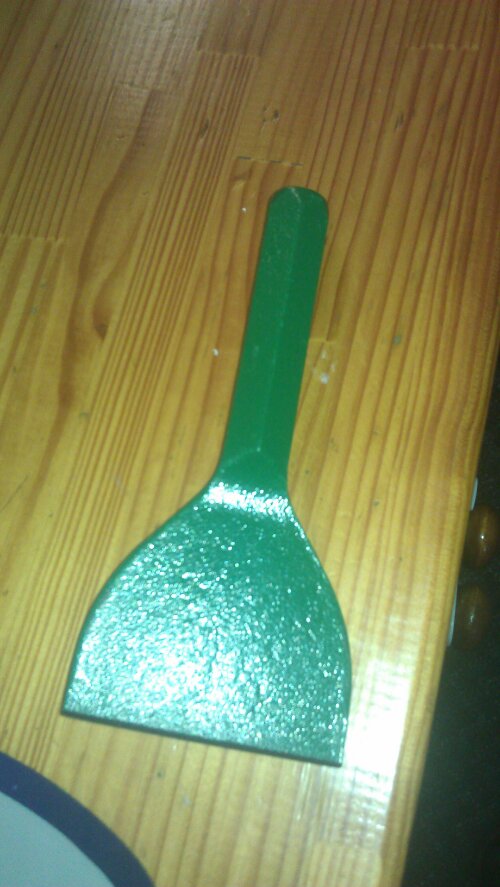
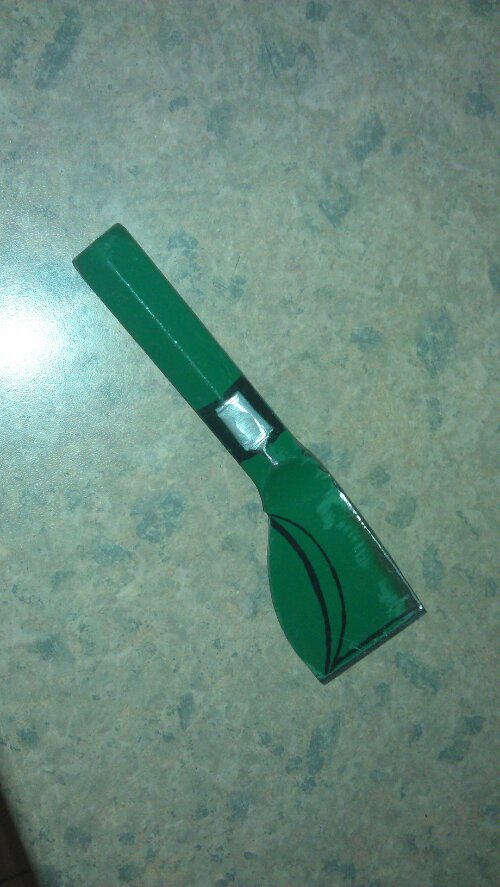
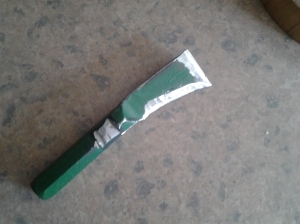

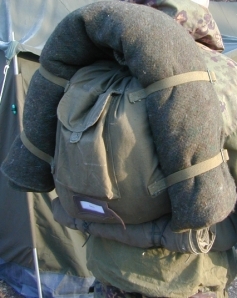

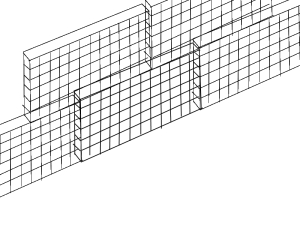
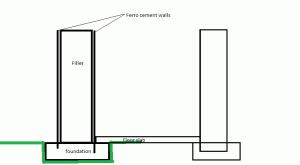

You must be logged in to post a comment.